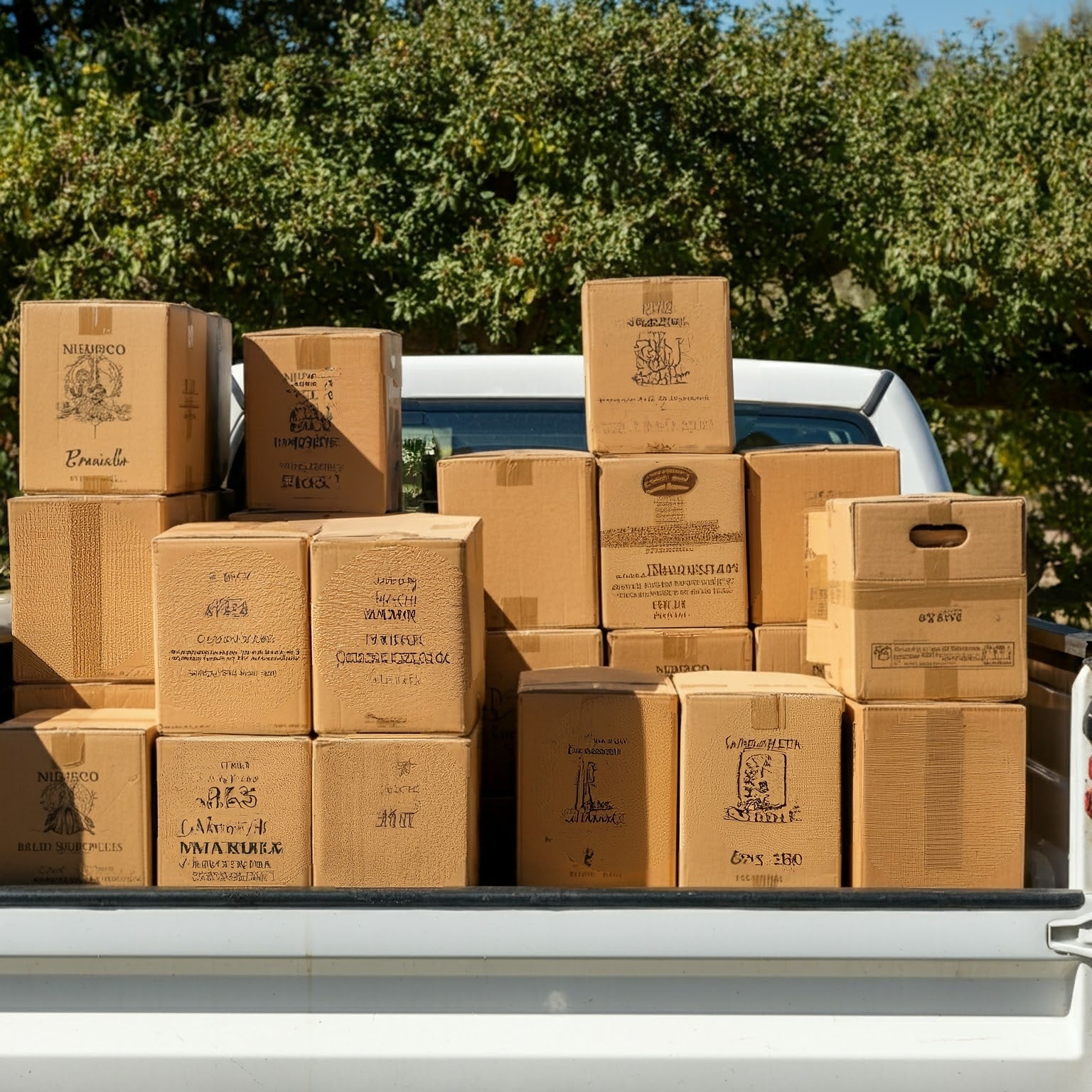
How Hot is Too Hot for Wine Bottles?

The Best Temperature for Wine Bottles
First things first, wine has a comfort zone, and it's not very wide. Most experts agree that anything above 70°F (21°C) is considered the danger zone for wine. While your wine won’t spontaneously combust at 71°F, "prolonged exposure to heat will slowly start to cook it."
Yes, you read that right—wine can cook in the bottle, but sadly, it doesn’t turn into some delicious wine stew. Instead, heat speeds up chemical reactions in the wine, which can lead to unpleasant flavors.
What Really Happens to Wine in the Heat?
Here’s where things get juicy. Heat does all kinds of weird stuff to wine. For starters, it causes the liquid to expand. If wine expands enough, it’ll push the cork right out of the bottle. Or, it may just leak around the edges, which is still bad news because this allows oxygen to sneak in and cause oxidation.
Oxidized wine tastes flat, lifeless, and, frankly, disappointing. The fruity notes you were expecting? Gone. The tannins you love? Muted. The balance and flavor you were hoping for when you first bought that bottle? Consider it a distant memory.
How Long is Too Long?
A bottle of wine left in a hot car for an hour or two might survive, but an entire day under the sun? You may be rolling the dice. The general rule of thumb is that "the longer wine is exposed to heat, the worse it gets." So, while short bursts of heat might not completely ruin the bottle, it’s not something you want to make a habit of.
Ideal Wine Storage Temperature
Okay, so we know heat is bad news, but what's the ideal temperature for storing wine? The best temperature is somewhere between 55°F and 60°F (12°C–15°C). A cool, dark place is the ideal space for your wines, and if you really want to get fancy, investing in a wine cooler or dedicated wine cellar isn’t a bad idea.
Does the type of wine matter?
In short, yes. While all wines suffer under extreme heat, certain types are a little more sensitive. White wines and rosés tend to be more fragile when exposed to heat, likely because of their more delicate flavors. Reds are slightly more resilient, but don’t get too comfortable—they’re not invincible. Sparkling wines like Champagne are the most sensitive of the group and can be ruined even faster due to their carbonation. They’ll go flat or lose their sparkle if exposed to too much heat.
What About Shipping Wine in Hot Weather?
Shipping wine during hot months can be risky business. Fortunately, at WineShippingBoxes, we’ve got your back. Whether you’re sending a single bottle or a full case of 12, our pulp wine shippers and air cushion shippers keep your bottles secure, snug, and less vulnerable to heat damage during transit. And yes, we’ve thought of everything—because wine deserves a little extra TLC.
What You Can Do: Wine Protection Tips
No one likes to see their wine in distress, so here are some practical tips for protecting your bottles from heat:
- Store wine in a cool place: Basements or wine fridges are good options for storage.
- Avoid sunlight: UV rays are just as harmful as heat when it comes to wine. Always keep bottles out of direct sunlight.
- Insulate during travel: If you’re transporting wine, use an insulated bag or cooler to keep the temperature in check.
- Order wine shipping boxes: Get wine shipped safely using proper packaging, like our sturdy shipping boxes designed to shield your bottles from the weather elements.
Final Thoughts
At the end of the day, heat is not your wine’s friend. Whether you're storing, shipping, or just bringing a bottle to a friend’s house, temperature control is key.
So, don’t sweat it—literally. Keep your wine cool, and it’ll return the favor when it’s time to sip. Cheers!

